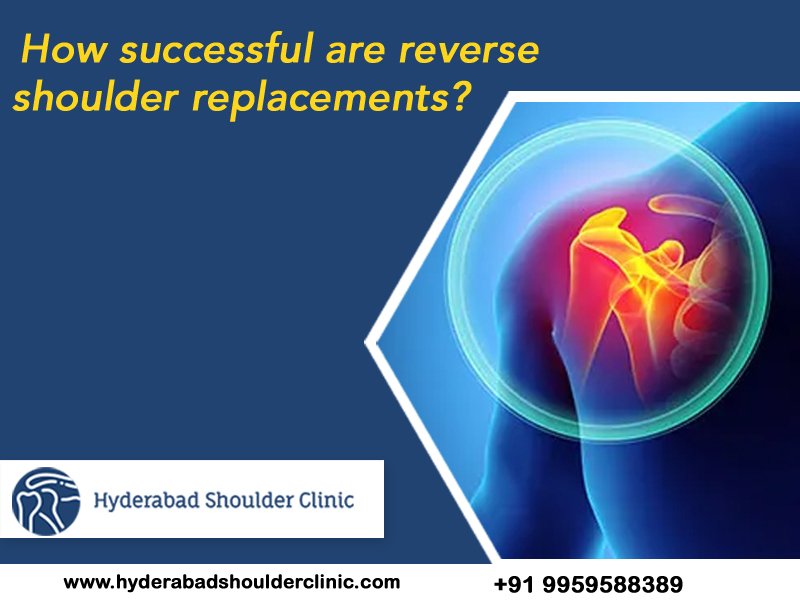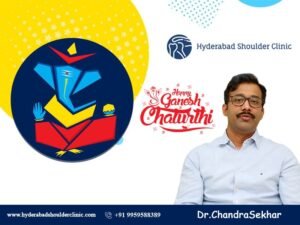The Academy of Orthopaedic Surgeons says that millions of people worldwide visit a doctor every year with shoulder problems and shoulder pain. Some people with shoulder problems may get the solution in non-surgical treatment, whereas others end up with surgery.
Rotator Cuff Tear Arthropathy is becoming more and more common for curing shoulder problems these days. In case of a severe rotator cuff tear, shoulder surgeons prefer surgery to fix it. A reverse total shoulder replacement, often known as reverse total shoulder arthroplasty, is a relatively new but soon becoming popular surgical procedure to repair rotator cuff tears.
Why is it called a reverse shoulder replacement?

It involves reshaping the anatomy of the shoulder while undergoing a reverse total shoulder replacement. In this treatment, the ball and socket of the shoulder joint are reversed using a prosthetic and an implant. The ball is shifted to the upper shoulder blade in this surgery, and the socket is shifted to the top of your arm bone.
By reshaping your shoulder in this manner, one can improve the functionality of the glenohumeral joint and the rotator cuff. It is an innovative and efficient way of creating a customized shoulder structure and functioning like a natural shoulder joint. Reverse shoulder replacement is ideal for patients with shoulder arthritis caused by rotator cuff tear arthropathy and with functional problems with shoulder repositioning methods.
In the shoulder, the deltoid muscles are the largest, and they play a crucial role in shoulder movements like extension, rotation, stabilization and overhead movements of the arms. The reverse shoulder replacement procedure improves the function and efficiency of the deltoid muscle.
When the ball and socket joint is reversed, the strong deltoid muscles take more of your shoulder’s workload. This compensates for the workload on the damaged rotator cuff tear and general mechanical weakness caused by the tear.
How successful is total reverse shoulder replacement?
Even though reverse shoulder replacement is a relatively new procedure, it has shown promising results so far. Some recent studies on reverse shoulder arthroplasty revealed that the success rate is around 85%. The success rate is defined as the percentage of patients who could return to their daily activities and play some sports within the first five months post-surgery.
Those who participate in fitness sports have the highest recovery rates of 81% and can resume their activities in five months. The recovery rate of people who participate in highly physical sports like skiing and tennis is around 28% post-surgery.

When is reverse total shoulder replacement surgery suggested?
There are three specific factors and clinical signs one should look for to consider reverse shoulder surgery:
- If the rotator cuff does not function properly or if there is poor movement (resulting from a large tear)
- If the glenohumeral joint is affected by arthritis
- A failed upward rotation of the ball in the socket
To know why someone would need this type of shoulder surgery precisely or whether this surgery can fix your existing shoulder problem consult Dr Chandra Sekhar, Orthopedic Shoulder Surgeon in Hyderabad. He has more than 15 years of experience in treating a wide range of shoulder problems.





